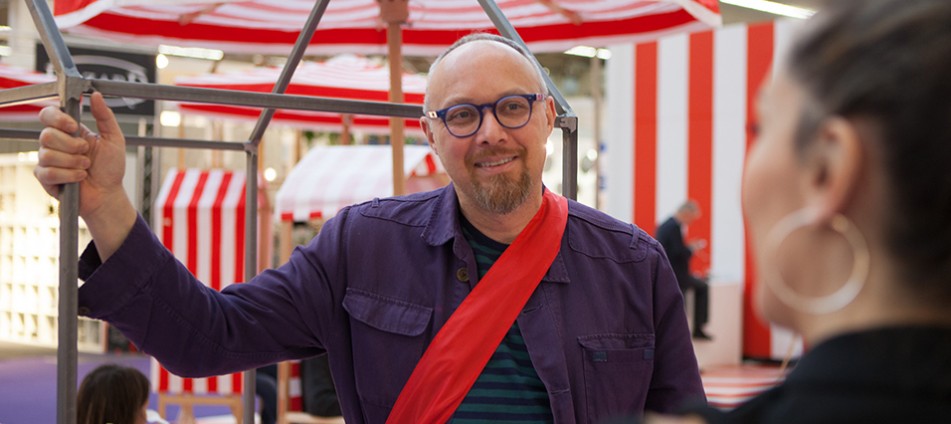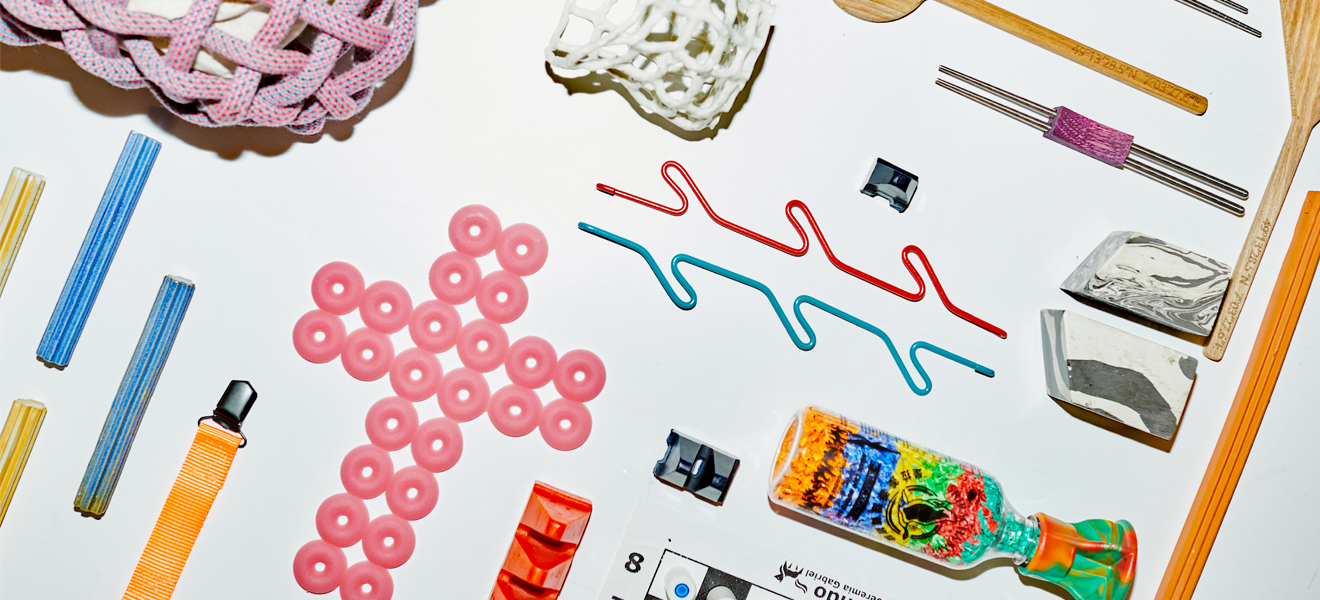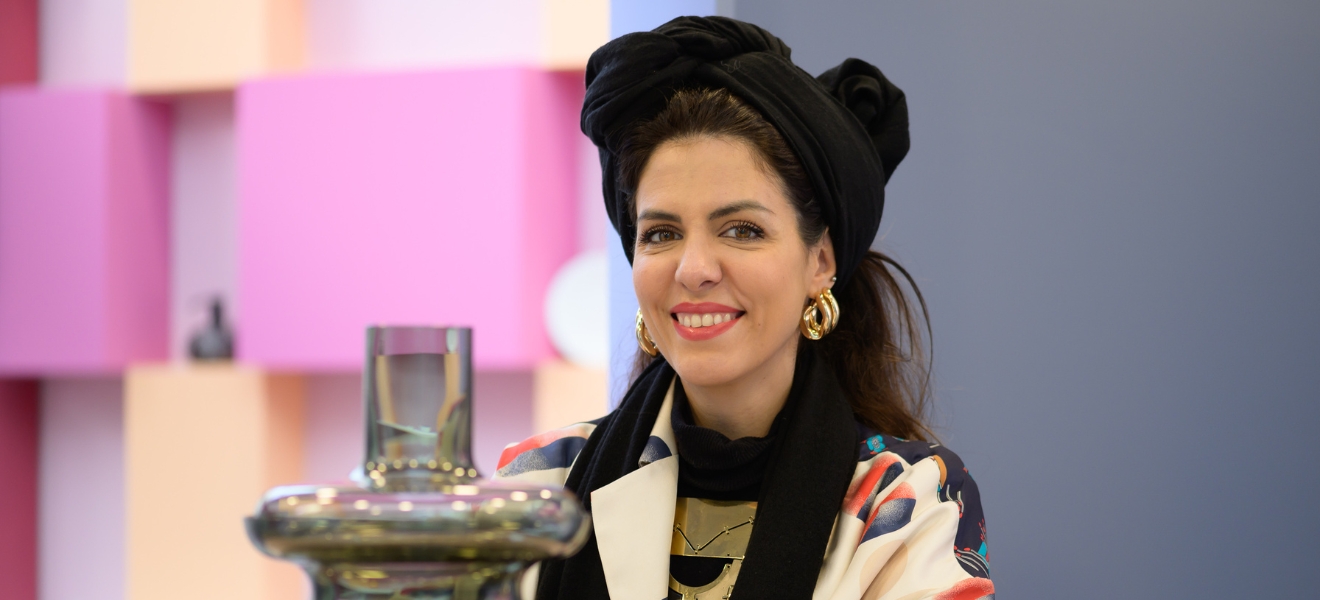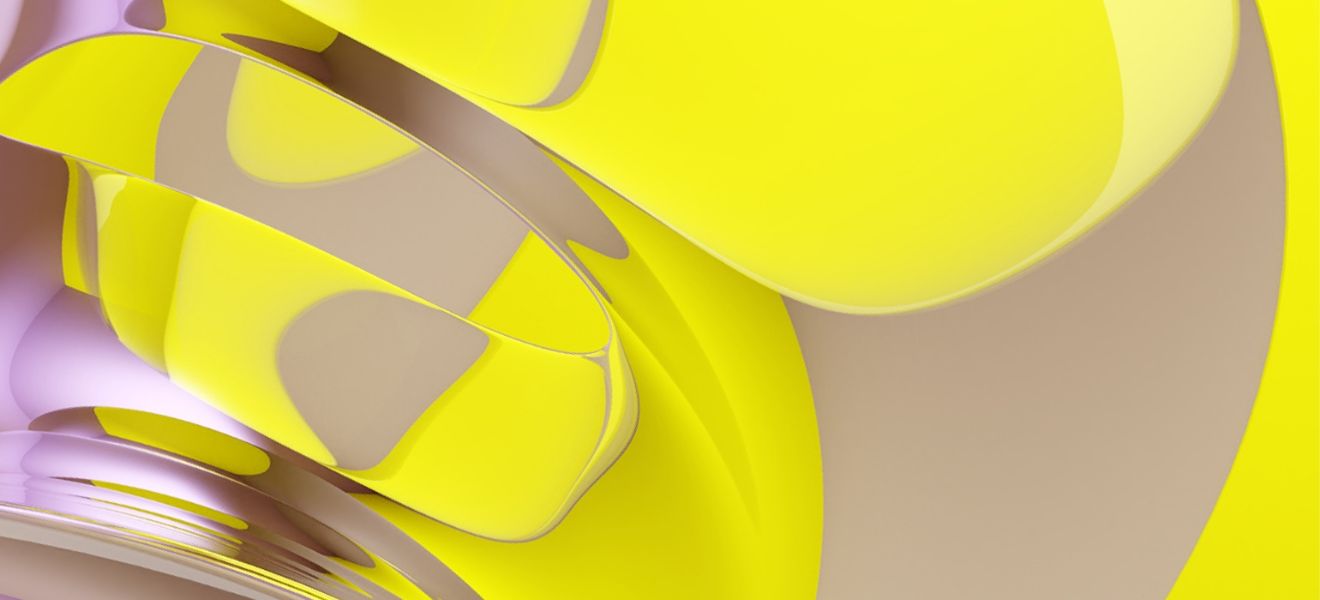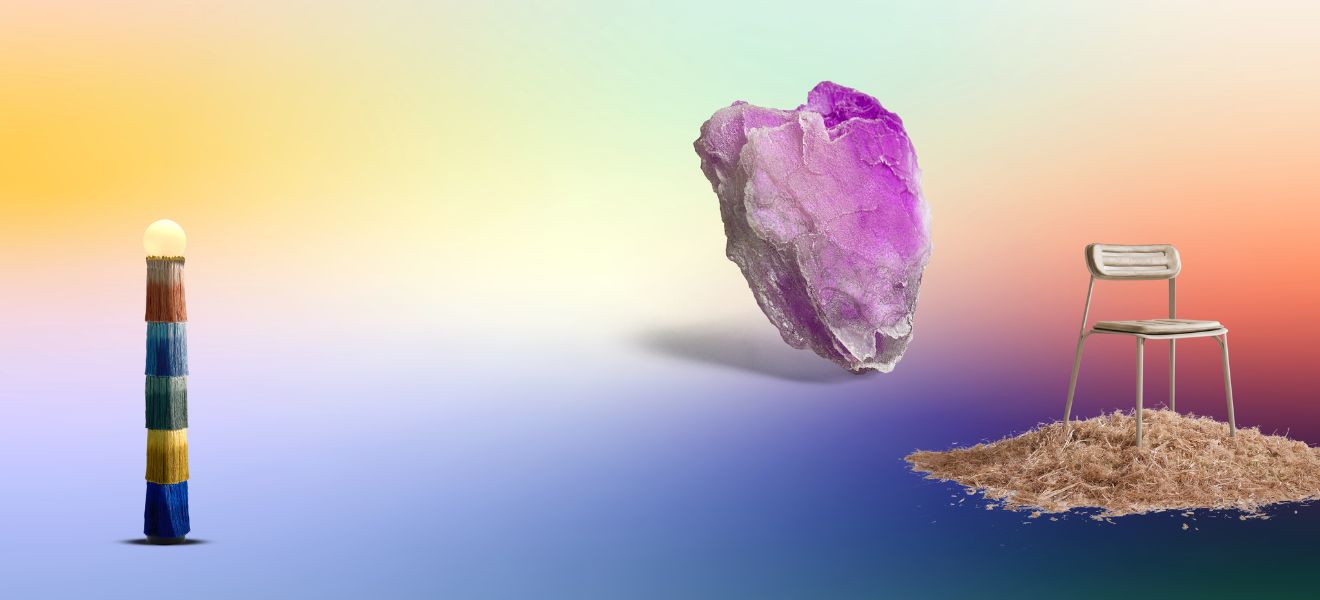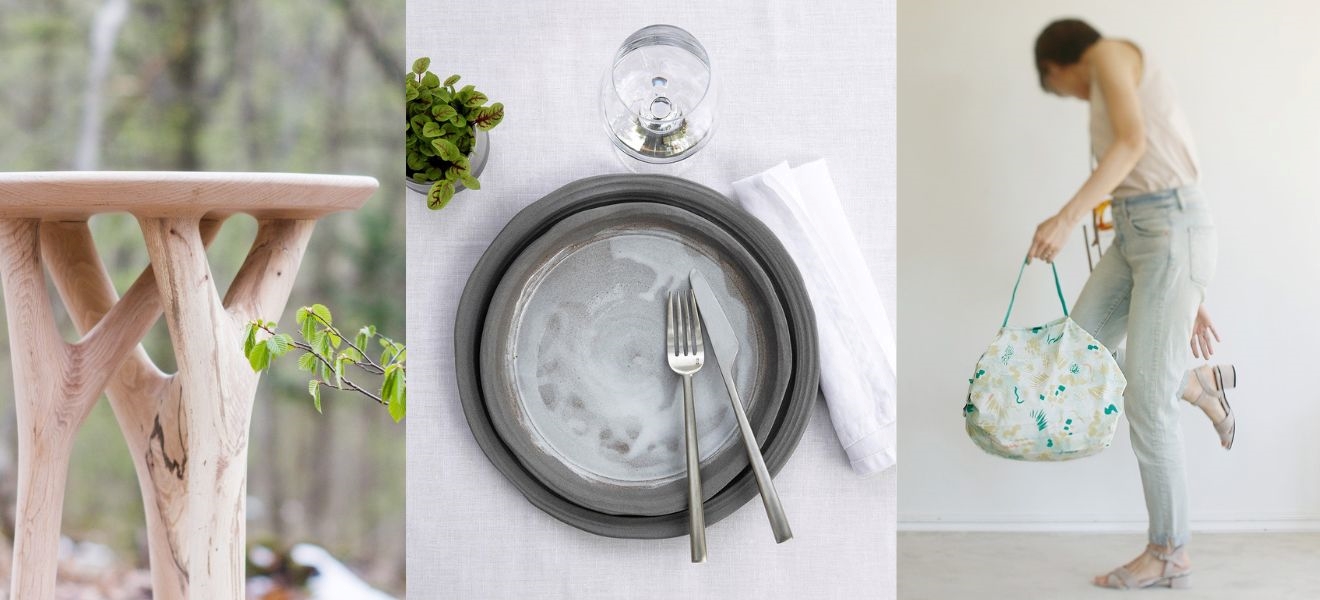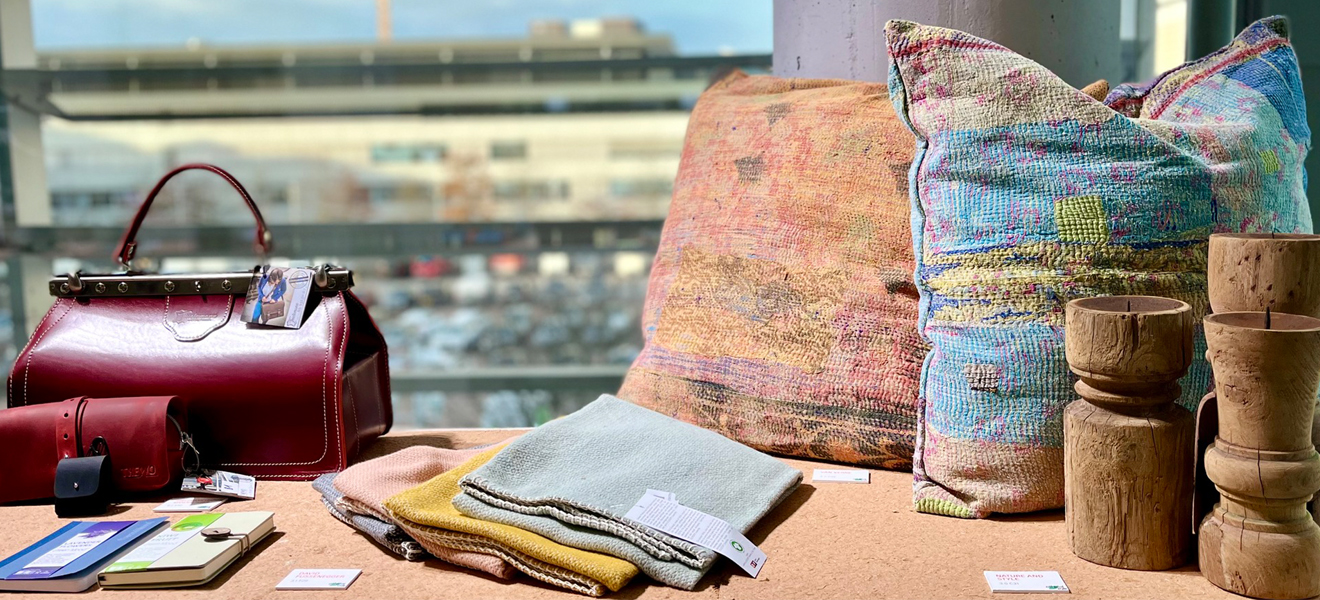This multi-award winner’s creative repertoire includes furniture, lighting, tableware … and manhole covers. In Frankfurt, we came face to face with creative multitasker Giulio Iacchetti who considers good design part of his cultural heritage: it must be valued, preserved, developed and – above all – loved.
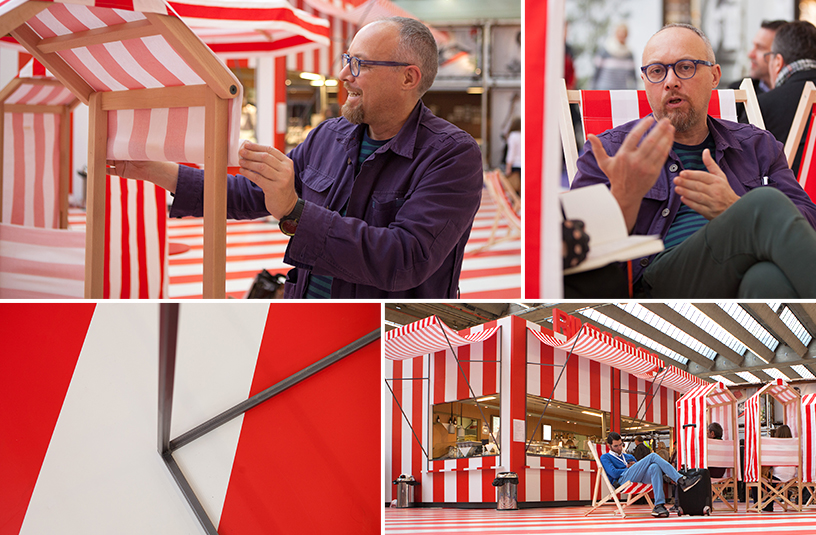
Installation as reminiscence
We meet Giulio Iacchetti at ‘Rimini Rimini’. No, not on the Adriatic, but at Frankfurt’s Ambiente. He’s styled a café for this year’s partner country, Italy, by digging into the Italian-themed dressing-up box. It’s the ideal place to take time out from a hectic fair, sit awhile on red-and-white striped beach chairs or deckchairs, read the newspaper, eat a panino and drink espresso. Iacchetti smiles: “This installation is my little hommage to the German holidaymakers I remember from my childhood. Bringing back a picture from the past, a little piece of Italy, a little bit kitsch. And it’s great that people here have made it a moving picture by rearranging the deckchairs, as you would on the beach.”
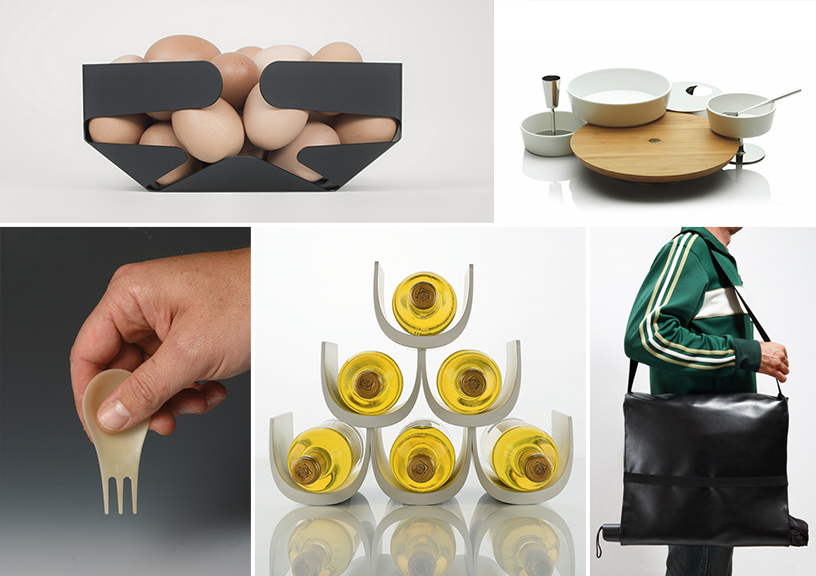
On the lookout
Giulio Iacchetti has invented, created and updated a wide variety of products for well-known brands. These include elegant ‘Noè’ wine accessories and a timeless ‘Ape’ aperitif set for Alessi as well as writing and travel items for cult label Moleskine. Not forgetting the ‘Moscardino’ spoon-fork for Pandora, for which he and colleague Matteo Ragni won a Compasso d’Oro award. The pair were also presented with a second ‘design Oscar’ for their manhole covers decorated with charming patterns in relief, including bird footprints and car tyre tracks. Yet this multitalented industrial and product designer is always looking for fresh inspiration and ways to improve. He explains: “Of course I compare myself to other designers and scrutinise my own work. How good are my ideas and their realisation? Where can I improve?” But he always has one thing on his mind: solid craftsmanship. “We need to get back to excellence and create things that fascinate people. Because they work well, or because they’re beautiful. Because they tell stories and become part of their owner’s own life story.”
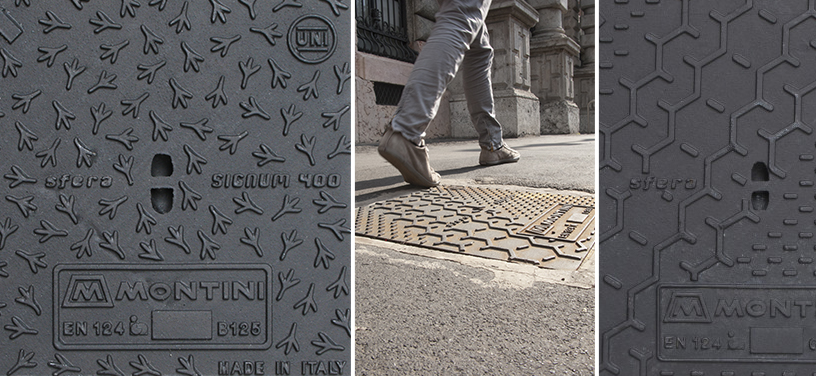
New ways with tradition and new traditions
Many of these “excellent” manufacturing techniques are traditional skills that can be traced back hundreds or even thousands of years. But this doesn’t preclude innovation, the designer explains. Iacchetti comes from Cremona in Lombardy, a city known for violin making; top of his creative agenda is the design of modern instruments, “based on old knowledge and new challenges. Traditions haven’t always been old. And progress, development and improvements are always possible. Indeed, they are often influenced by experience. Today’s designers need to engage more in dialogue with experienced makers.” That’s just what he did when designing the ‘Radica Chic’ pipe for Savinelli. The result was a pipe to suit Iacchetti, an occasional smoker, and modern men in general. It is a self-standing table pipe that is easy to use while drawing or working at the computer. Here the firm’s 140 years of tradition meet present-day innovation.

Design to fall in love with
In Italy, design is seen as part of the nation’s cultural heritage of which people are rightly proud. In Germany, on the other hand, design achievements shine less brightly; the emphasis is on creating products that are flawless in terms of materials and function. “It’s just that we are more passionate about it than the Germans,” says Giulio Iacchetti, and goes on to confess that he admires German products that are much more than simply practical. He points to his feet: he’s wearing Birkenstock shoes. “I’d love to design something for that manufacturer one day. ‘Made in Germany’ has much more to it than just technical expertise. It has a huge amount of passion behind it – and therefore the potential for me to fall in love with a product.” He says this to his students again and again. The passionate designer sums it up nicely: “Even if it’s an everyday item like a chair, I’d like the designer to answer my prayer. Which is: please make me fall in love with you!”
